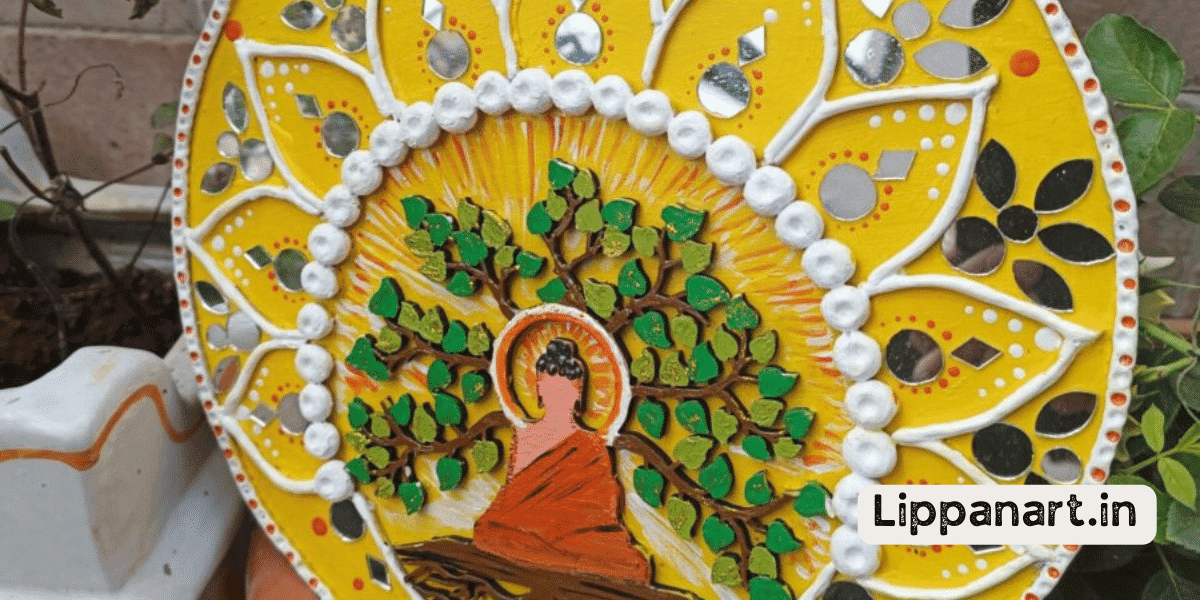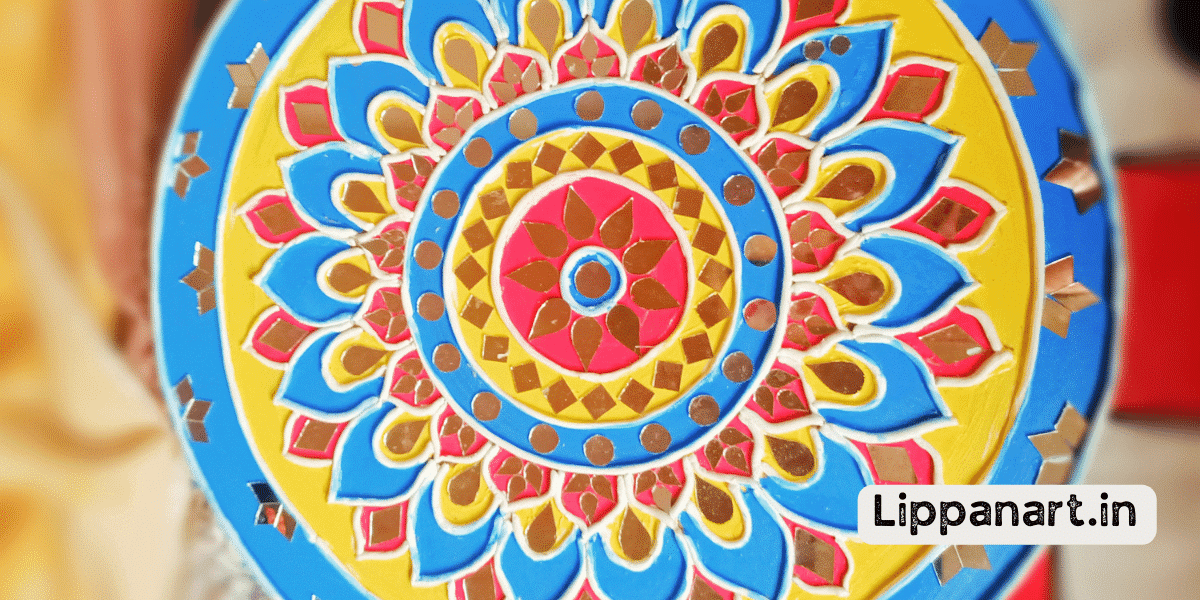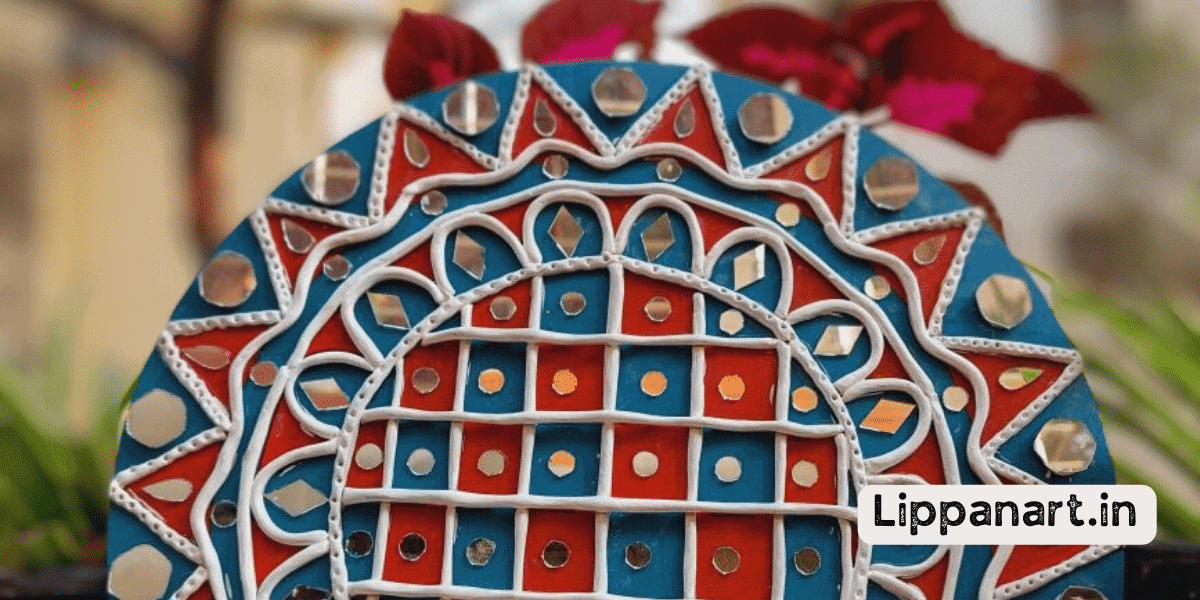Are you wondering which mirror material is the best for your needs? You won’t believe the incredible differences between acrylic and glass mirrors!
Let us analyze the pros and cons of different materials, including impact resistance and hygienic safety, so that you can make an informed decision.
Take advantage of this opportunity to get the most innovative mirror for your home or business. Read on to learn more about the difference between these two mirror materials.
Key Takeaways
- Acrylic mirrors are lightweight and easier to handle than glass mirrors.
- Acrylic mirrors are shatterproof and impact-resistant.
- Acrylic mirrors have a longer lifespan and are easier to clean than glass mirrors.
- Acrylic mirrors are safer and more suitable for high-traffic areas and families with children.
Lightweight and Easy to Handle
Don’t you find it easier to handle lightweight acrylic mirrors than glass mirrors?
Acrylic mirrors are great for high-traffic environments because they’re shatterproof and impact-resistant. Weighing only half as much as glass, they’re much easier to manipulate and fix into place. Also, acrylic mirrors don’t require extra support to stay upright like glass mirrors.
They also offer a longer lifespan than glass and are easier to clean. So, acrylic is the way to go if you’re looking for a lightweight, easy-to-handle mirror.
Impact Resistance and Safety
You’ll appreciate acrylic mirrors’ impact resistance and safety, as they’re shatterproof and won’t break easily. Compared to traditional glass mirrors, acrylic mirrors have the added benefit of being lightweight and highly durable. This makes them suitable for high-traffic areas where safety is paramount.
The impact-resistant quality of acrylic mirrors also gives them an advantage over glass mirrors, as they can withstand more force without breaking. In addition to being safer, acrylic mirrors are easier to clean and maintain than glass mirrors, making them a great choice for any environment.
With superior impact resistance and safety features, acrylic mirrors are an excellent alternative to traditional glass mirrors.
Hygienic and Child-Safe
With its hygienic properties and child-safe qualities, acrylic mirrors are an excellent choice for any environment.
There are numerous benefits of using an acrylic mirror instead of a glass one. Acrylic is stronger than glass, making it shatter-resistant and less likely to cause injury. Its lightweight nature makes it easier to install and clean, while its UV-resistant qualities ensure it won’t be affected by sunlight.
Additionally, acrylic is much more hygienic than glass as it can be easily wiped clean, making it the perfect choice for high-traffic areas. Lastly, its child-safe qualities make it ideal for families with children.
All of these benefits make acrylic mirrors a great choice for any setting.
Superior Impact Resistance
You’ll appreciate the superior impact resistance of acrylic mirrors, as they’re 17 times more resistant than glass mirrors and have half the weight. This makes acrylic mirrors ideal for high-traffic environments, as they’re less likely to break or crack when bumped or knocked.
In comparison, glass mirrors are more prone to shattering or cracking when exposed to shock or pressure. Acrylic mirrors are also more lightweight than polycarbonate mirrors, making them easier to install and transport.
Furthermore, they’re easy to clean and maintain and are UV-resistant which helps to reduce discoloration and fading.
These benefits make acrylic mirrors more innovative and cost-effective than glass or polycarbonate mirrors.
- Editor’s Choice
- Best Seller
- Amazon Choice
Choosing Between Glass and Acrylic
Should you choose a glass or acrylic mirror? When it comes to mirrors, both types offer distinct advantages and disadvantages. A two-column and five-row table in markdown format can help you make an informed decision.
| Advantages | Disadvantages |
|---|---|
| Acrylic Mirrors: Lightweight, impact-resistant, long lifespan, easier to clean, UV-resistant | Tendency to warp in outdoor environments, easily scratched, more expensive than glass mirrors, less reflective quality |
| Glass Mirrors: Weather-resistant, clear reflection | Not as safe, easy to clean or impact-resistant as acrylic mirrors, heavier and more prone to breaking or cracking, and not as versatile for different applications |
The ultimate choice of glass or acrylic mirror depends on your needs and budget. Acrylic mirrors are lighter, more durable and often cheaper, but glass mirrors may be better suited for certain applications. Consider the pros and cons of each type carefully before making your decision.
Best Quality Glass
To get the best quality glass mirror, you’ll need to consider its thickness and consistency. Look for 1/4-inch thick glass with an even and uniform surface for the best reflective result.
Here are some pointers to keep in mind when selecting your mirror:
- Mirrors with 1/4-inch thickness provide the best balance of durability and vibrancy.
- Glass with an even, uniform surface ensures a clear, accurate reflection.
- High-quality glass is essential for a truly innovative look.
Acrylic mirrors may be less reflective, but they come with their own advantages, such as being lightweight, shatter-resistant, and UV-resistant.
Which material is right for you? Choose the one that best suits your project’s aesthetic and practical needs.
Glass Thickness
You need to consider the thickness of your glass mirror when selecting it, as thicker glass provides a better balance of durability and vibrancy. The type of mirror you choose should be based on the project you have in mind.
While glass sheets may appear to be true glass, the weight of the glass is an important factor when determining the quality of the mirror. Thin glass is more likely to break, while thicker glass can handle more wear and tear.
Therefore, when choosing a glass mirror for your project, consider the thickness of the mirror and opt for a thicker glass to ensure a long-lasting, vibrant mirror.
Disadvantages of Acrylic Mirrors
Although acrylic mirrors are lightweight and shatterproof, they can be easily scratched and tend to warp in outdoor environments. This makes them less ideal for certain applications, as they don’t have the same reflective surface or weatherproof quality as glass mirrors.
Furthermore, acrylic mirrors aren’t as durable and may require more frequent replacement due to their susceptibility to damage.
To summarize, the main disadvantages of acrylic mirrors include:
- Easily scratched
- Tendency to warp in outdoor environments
- Less durable than glass mirrors
Acrylic Mirror Durability
You can count on acrylic mirrors as resistant to impact and heavier wear and tear than glass mirrors. Crafted using a thermoplastic material, acrylic mirrors are lightweight and more durable than glass.
With a weather-resistant design, an acrylic mirror won’t warp or discolour due to exposure to the elements. This makes the acrylic mirror ideal for any environment where it’ll be exposed to moisture and humidity.
The mirror’s impact resistance makes it a great choice for high-traffic environments, as it’s less likely to crack or shatter. Acrylic mirrors offer superior durability that makes it worth the investment.
Lifespan of Acrylic Mirrors
With a lifespan of up to 10 years, an acrylic mirror can last longer than a glass mirror. This makes it ideal for those seeking an innovative, cost-effective mirror solution.
Here are a few benefits of acrylic mirrors:
- Lightweight and shatter-resistant
- UV-resistant
- Easy to clean
Acrylic mirror sheets are also extremely versatile, making them perfect for various applications. And, since they’re typically cheaper than glass mirror sheets, they can help you save money in the long run.
Conclusion
In conclusion, it’s important to consider your needs when deciding between an acrylic mirror and a glass mirror.
Acrylic is lightweight and easy to handle, while glass offers superior impact resistance.
Both have advantages and disadvantages, but ultimately, they offer a cost-efficient and safe solution.
By carefully weighing the pros and cons, you can make a well-informed decision that will endure for years – like a diamond in the rough!














